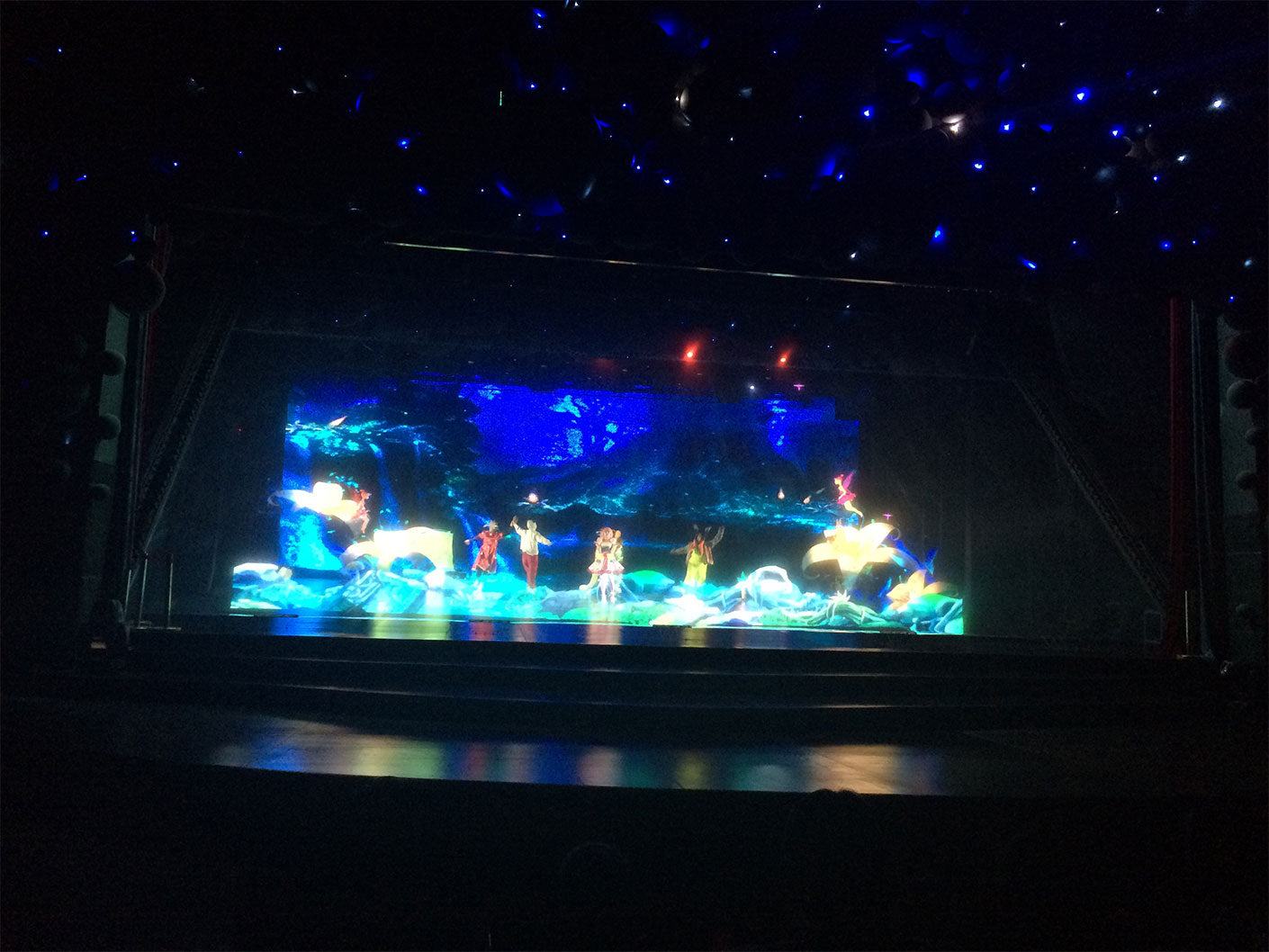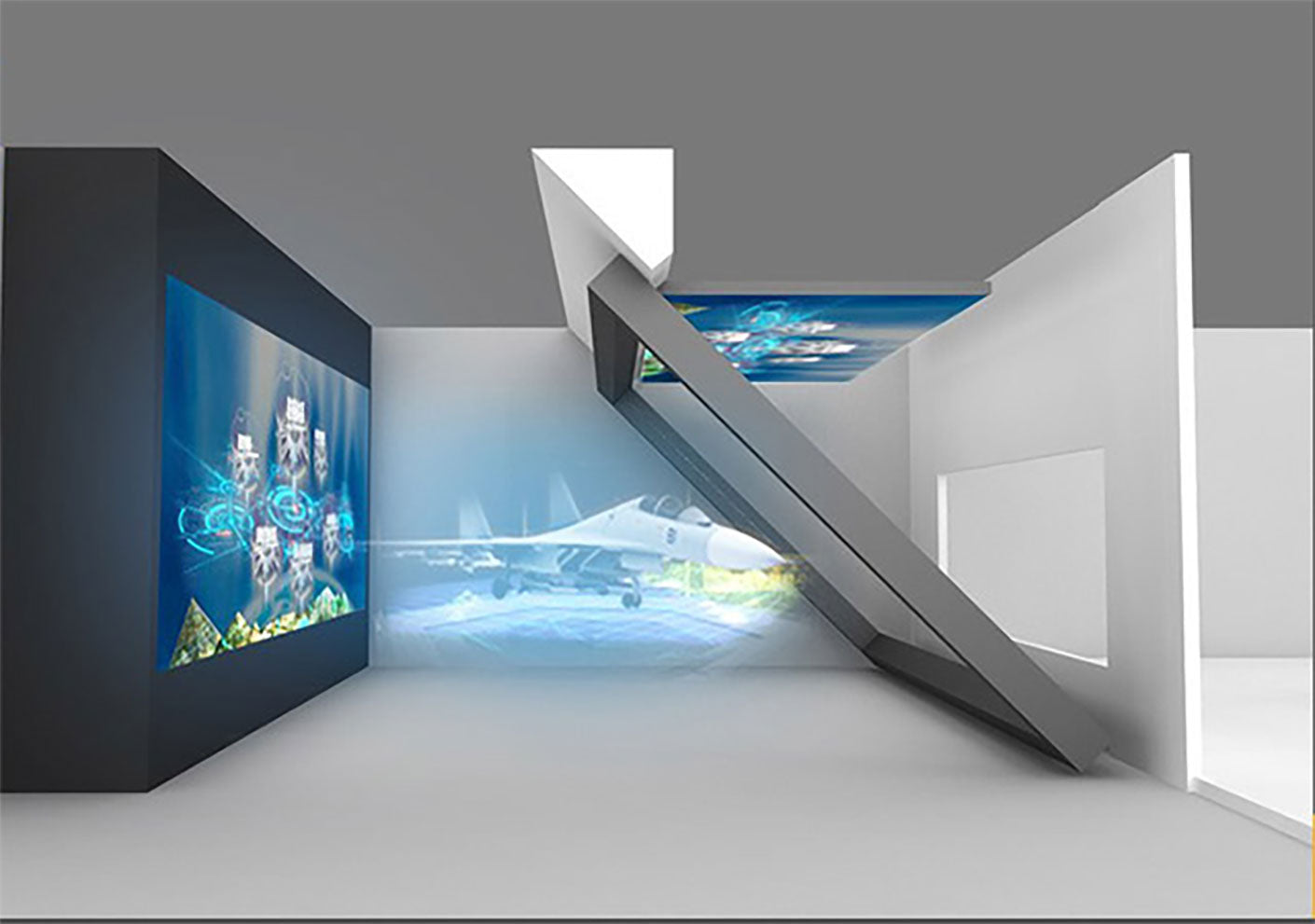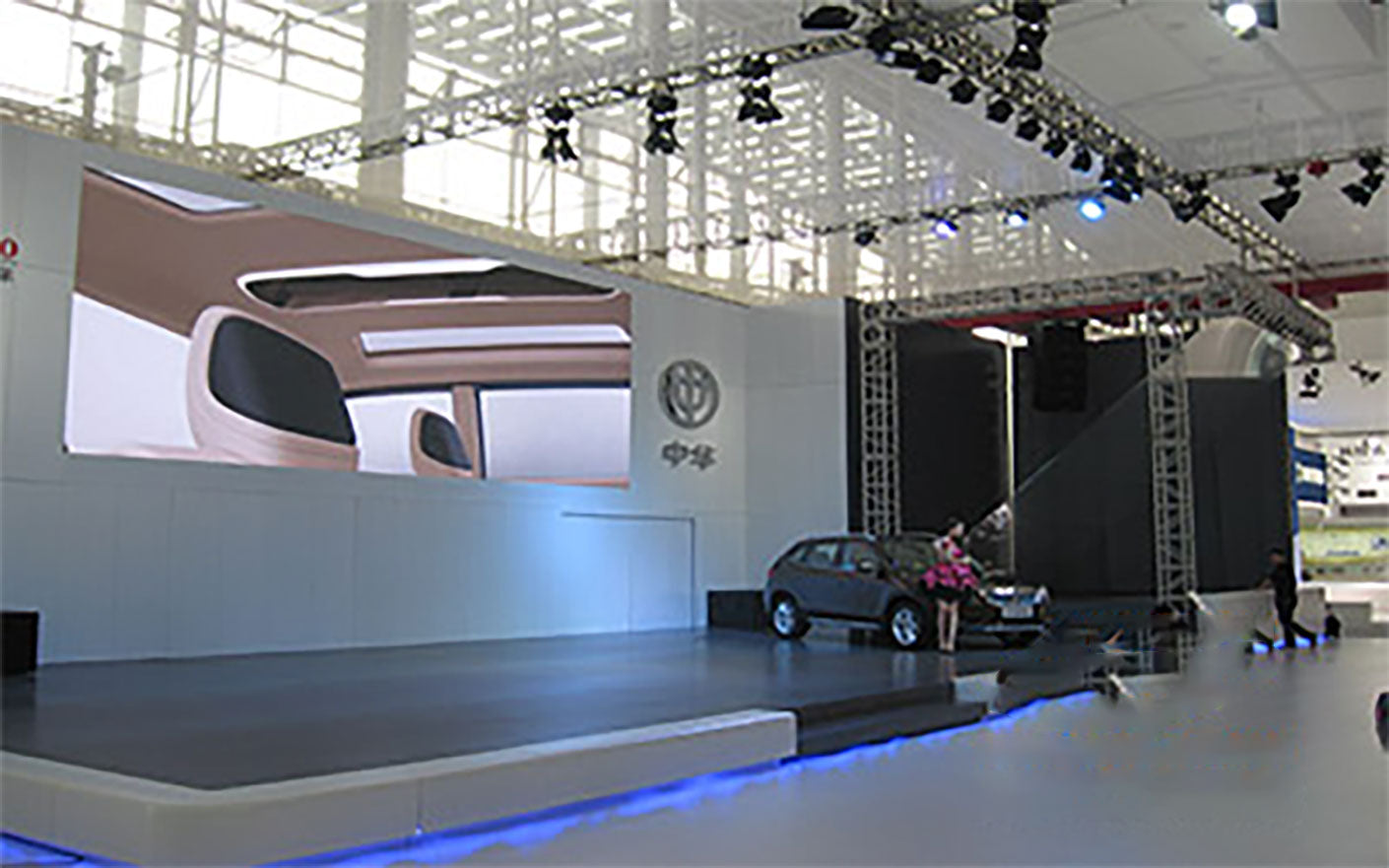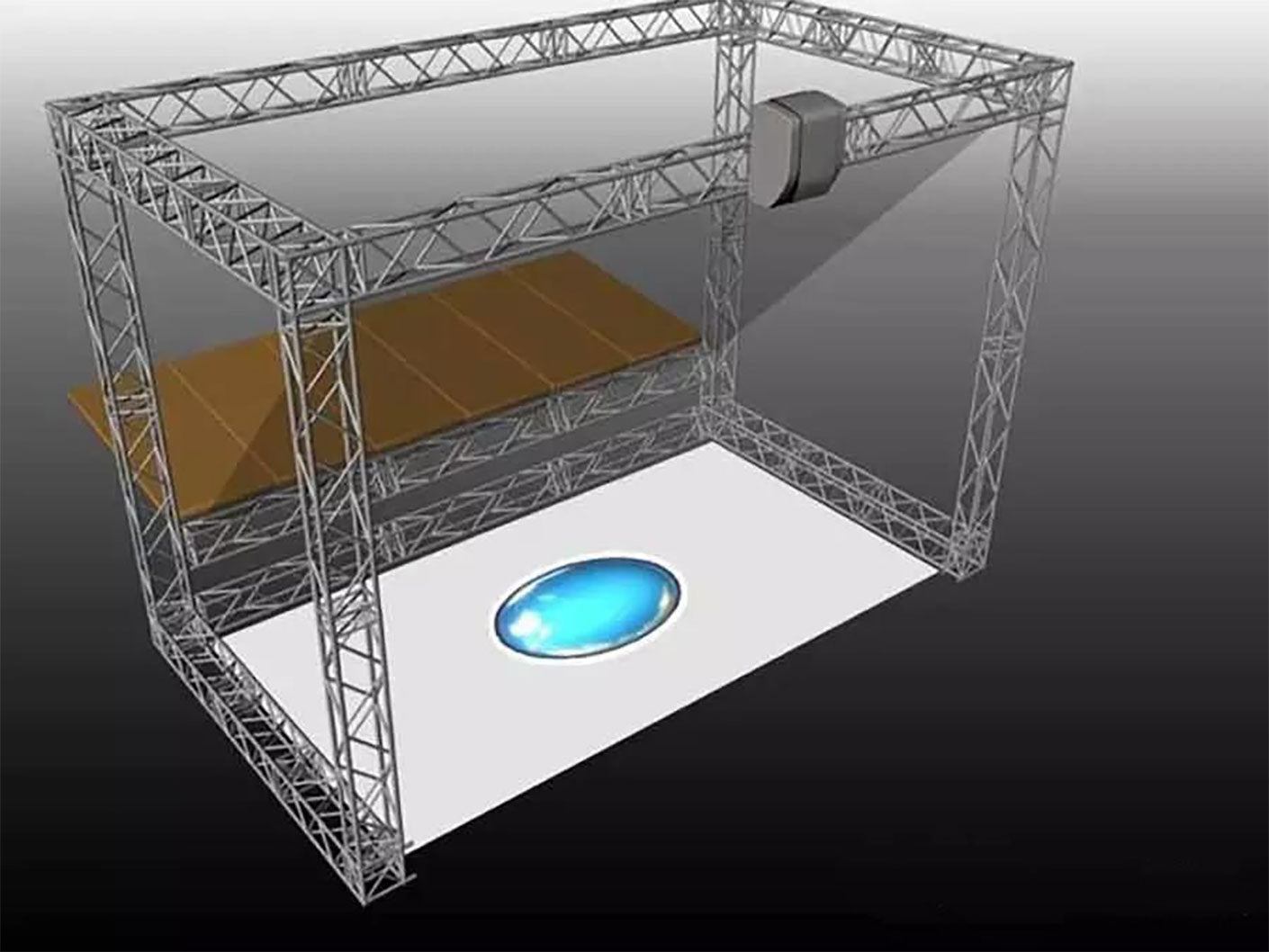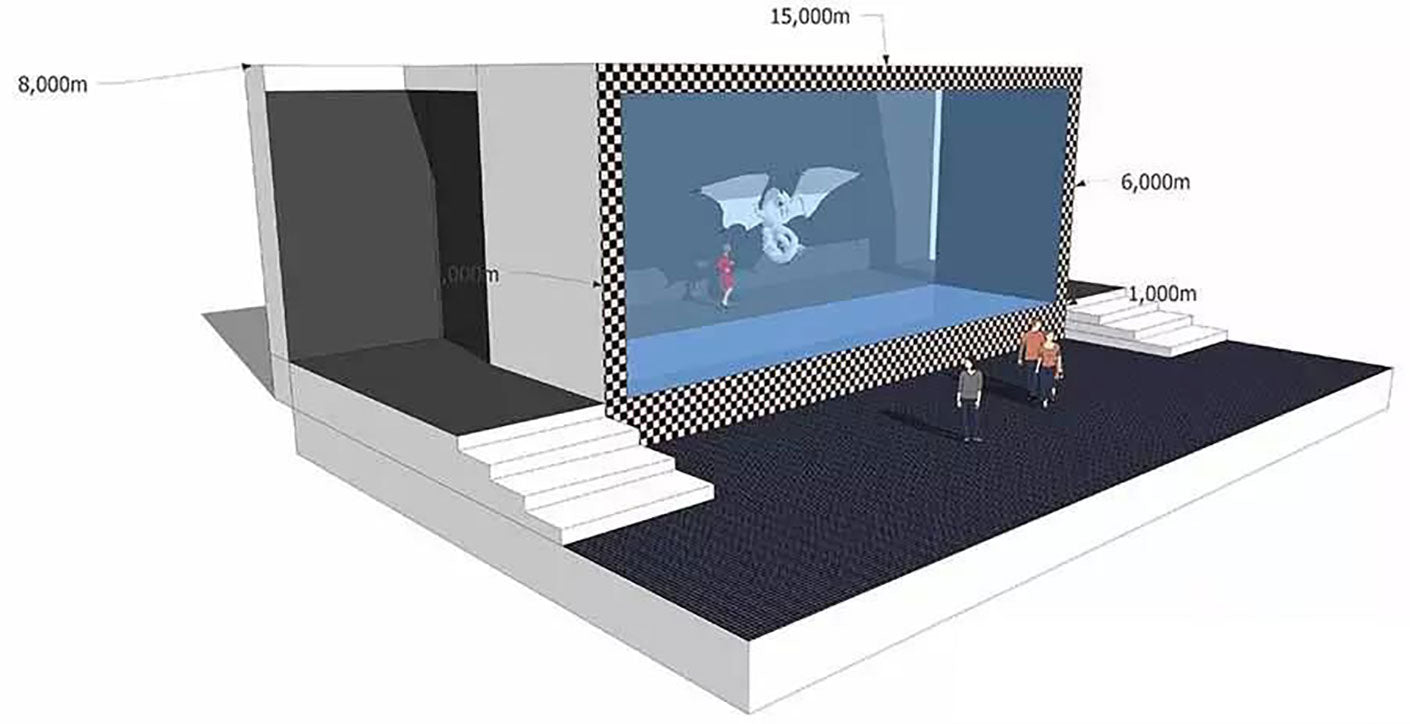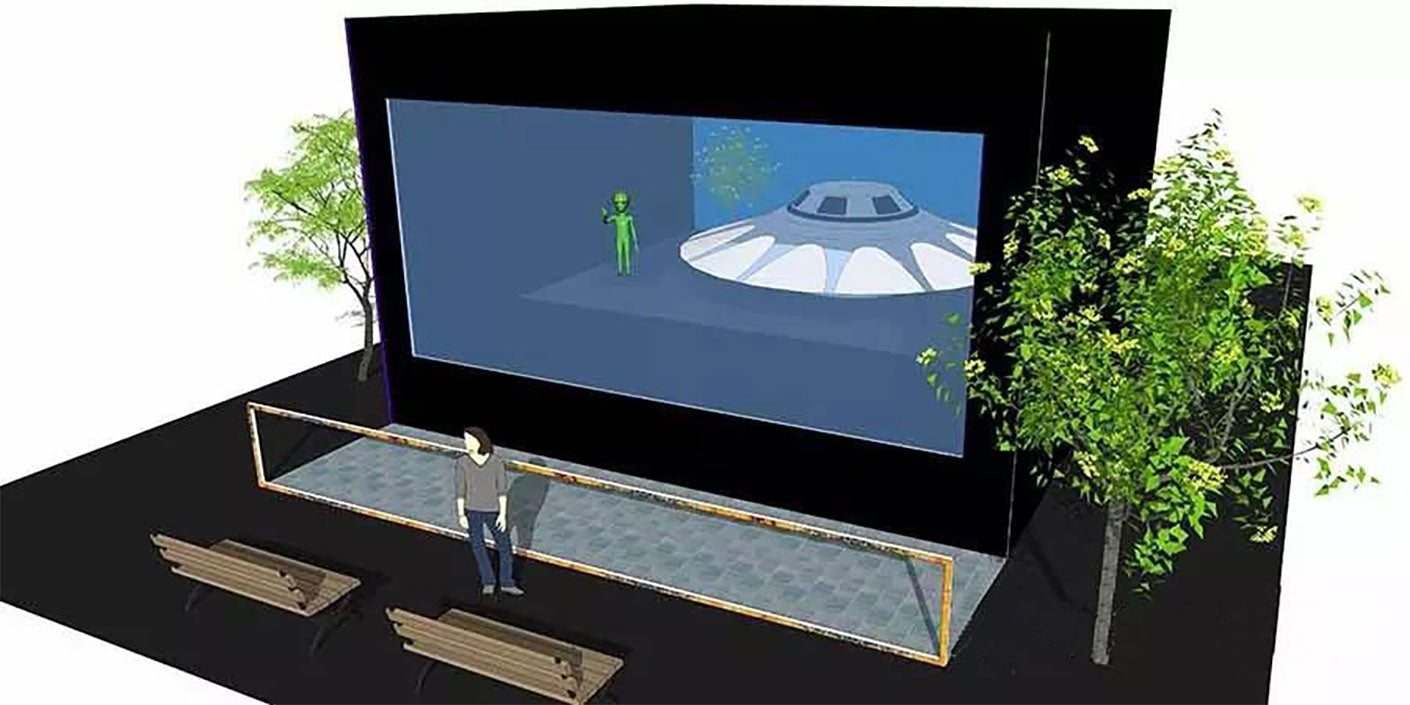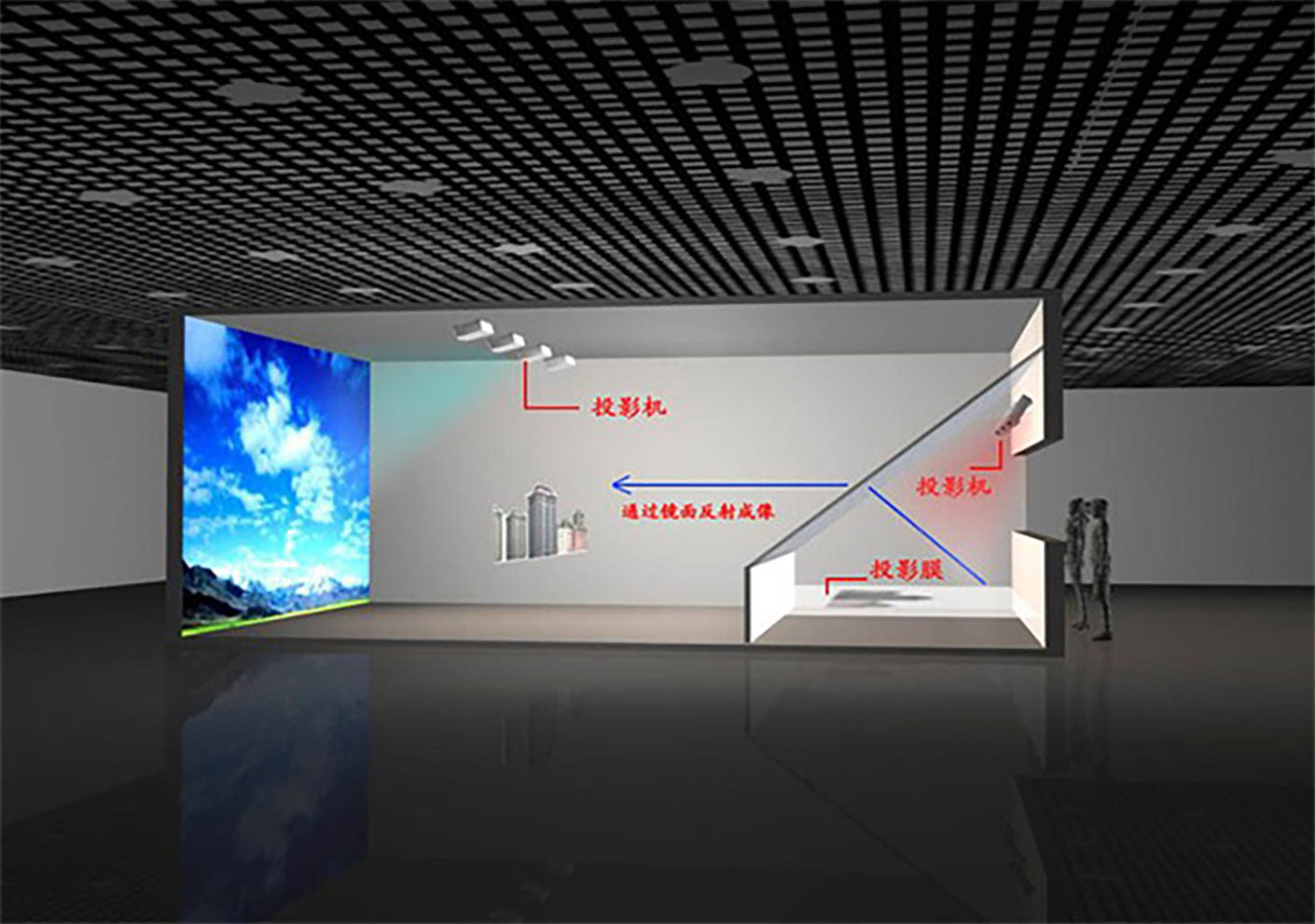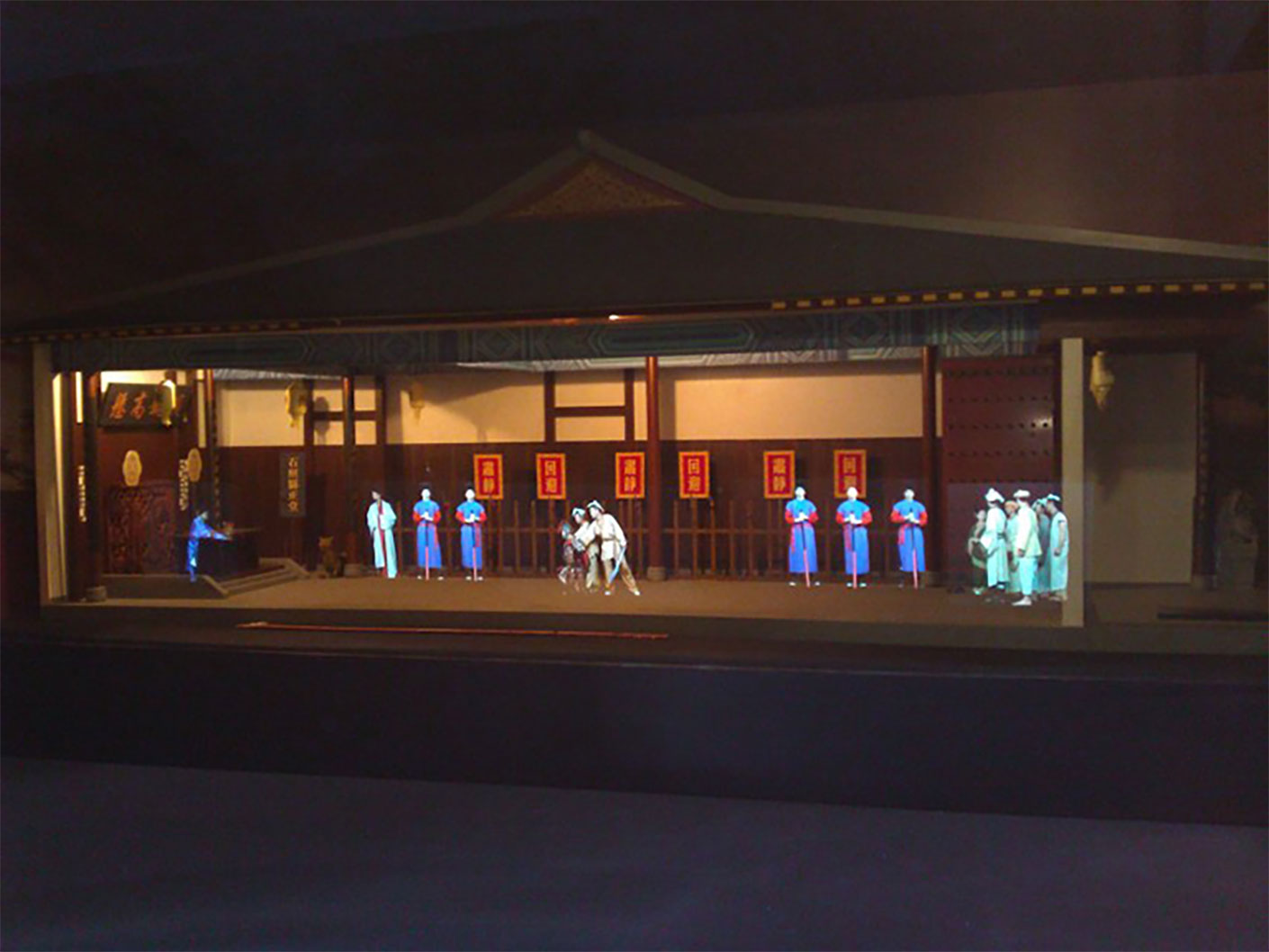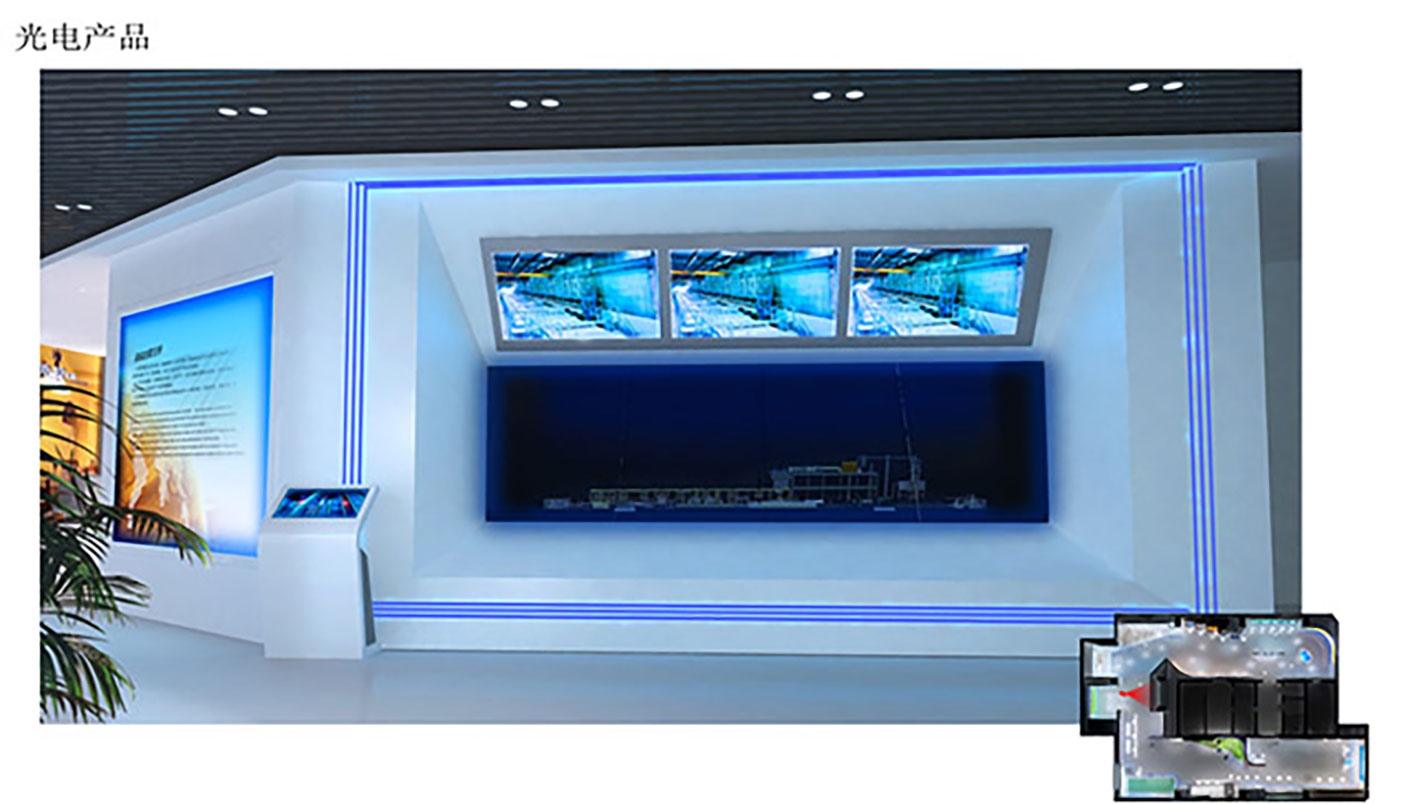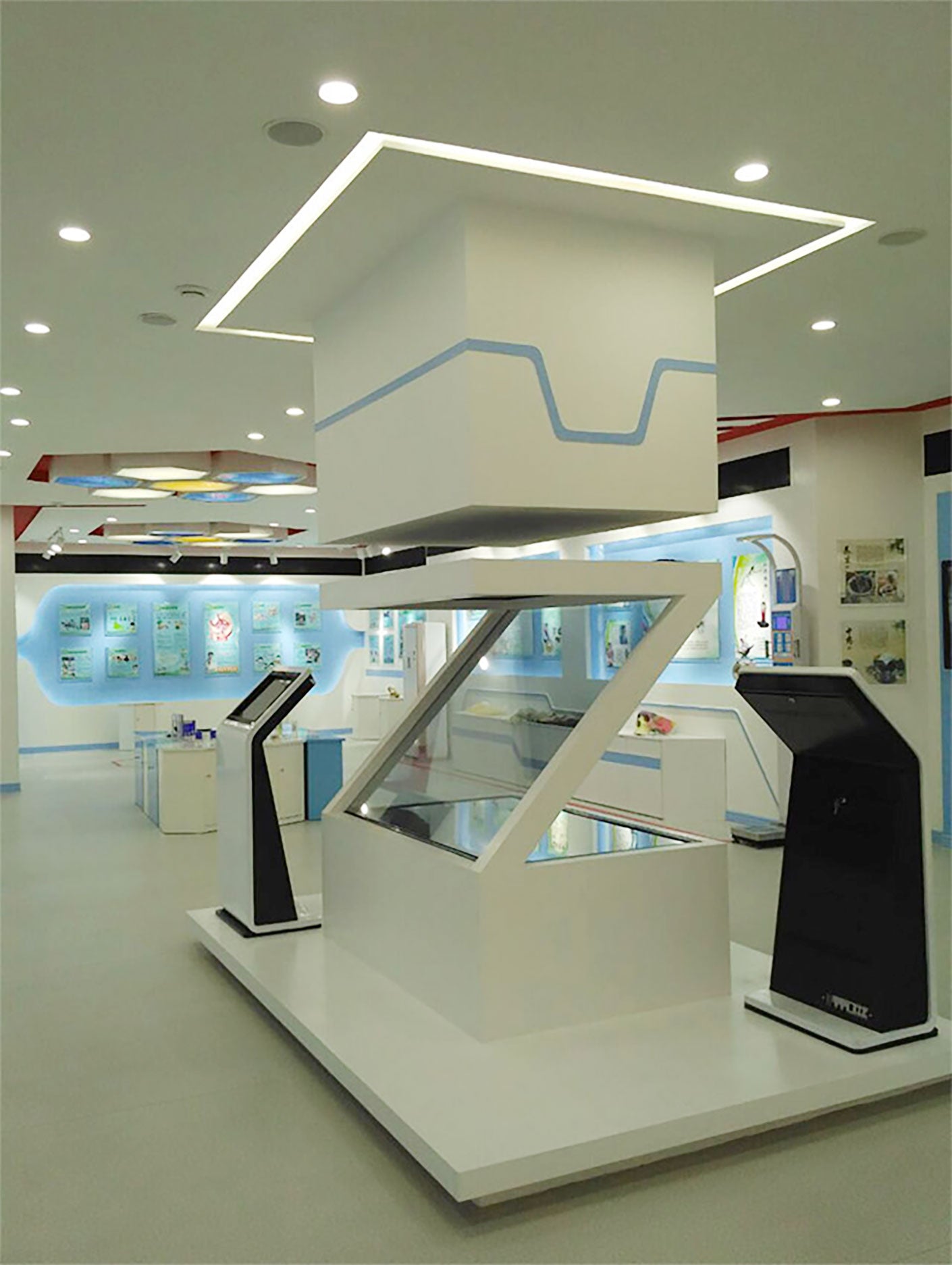Out of stock
3D Holographic Stage Theater
3D Holographic Stage Theater
Couldn't load pickup availability
3D Holographic Stage Theater
The application of holographic projection technology on the stage can not only produce three-dimensional aerial phantoms, but also enable the phantoms to interact with the performers, complete the performance together, and produce a shocking performance effect. From the application of holographic projection technology in the fashion show, the beautiful holographic projection images accompanied by the model's steps bring the audience to another world, as if the audience experience a dual world of virtual and real.
Holographic scene means that the audience can see the phantom within the generator's generation port, that is, within a circle. The holographic projection system suspends the three-dimensional image in the mid-air of the real scene to create an atmosphere that is both illusory and real. The effect is peculiar and has a strong sense of depth, and it is difficult to distinguish between true and false. Fashionable and beautiful, with a sense of technology; transparent top, real space imaging; bright colors, high contrast, and clarity; with a sense of space and perspective, forming an aerial phantom; the middle can be combined with real objects to realize the combination of images and real objects; it can also be equipped with a touch screen to interact with the audience; it can be made into four sides according to requirements.
Commonly used holographic technologies can be roughly divided into two categories: one is rear projection, where the projector directly projects the image onto the holographic film. The other is to use reflection to reflect the projection or LED image onto the holographic film placed at a 45-degree angle. When choosing which projection method to use, it is important to consider the on-site environment. If we want the object to look real, factors such as the surrounding lighting, the distance between the stage and the audience, and the scale of the object all need to be taken into consideration.
Share
